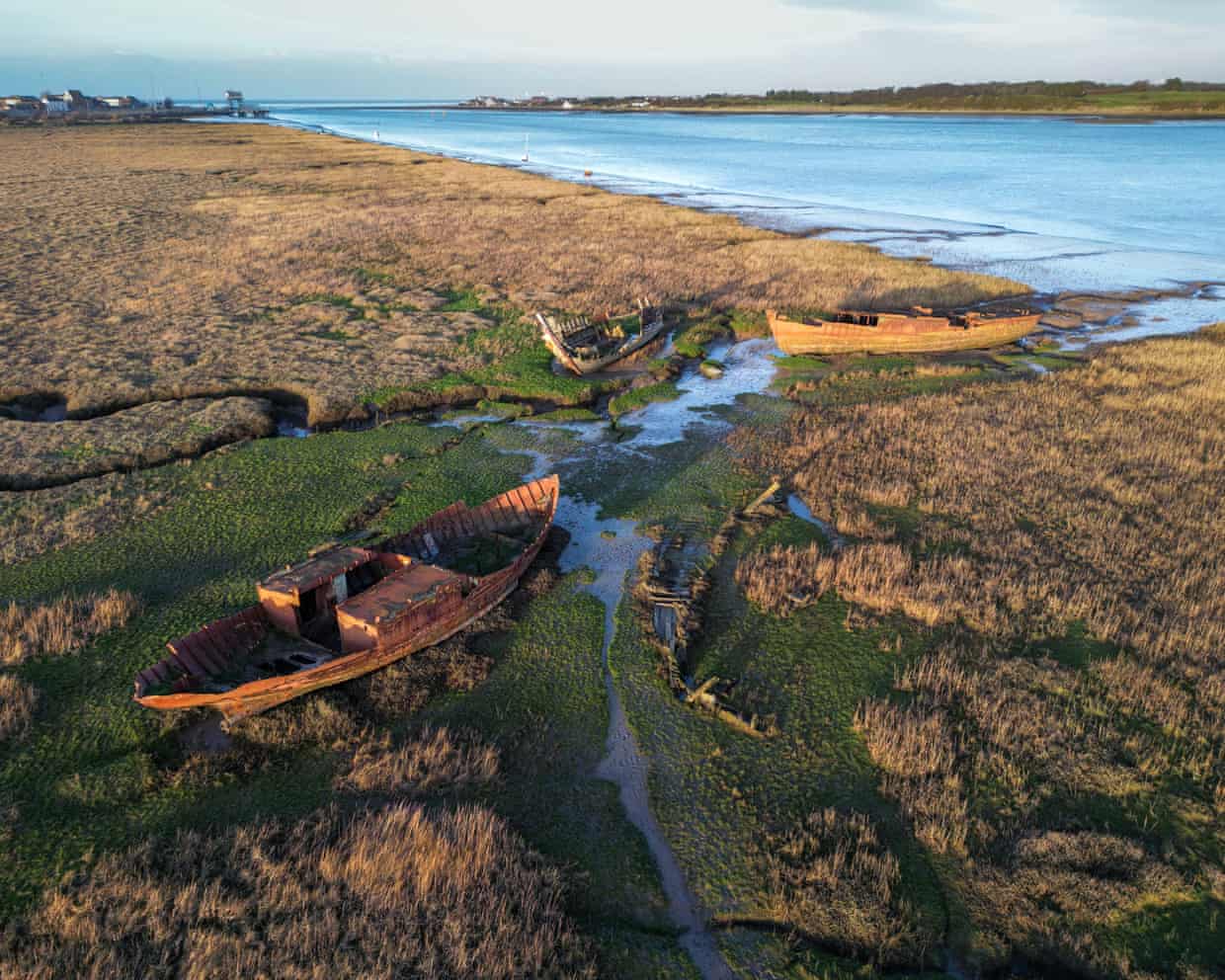World
Regulators Overlook Toxic PFAS Emissions Near Lancashire Plant

Regulators are not testing for a potentially harmful substance emitted by AGC Chemicals near a plant in Lancashire, despite evidence indicating that it could pose significant health risks. The substance, known as EEA-NH4, is part of a broad category of manmade chemicals called PFAS, or per- and polyfluoroalkyl substances. New independent sampling has detected EEA-NH4 in soils around the factory, raising concerns about its reprotoxic effects, which can impair sexual function and child development.
PFAS are commonly used in various consumer products, firefighting foams, and industrial processes. Due to their resistance to breakdown, these chemicals accumulate in the environment, including water sources, wildlife, and human bodies. Research has linked certain PFAS compounds to serious health issues, including cancer and hormone disruption.
AGC Chemicals has been under scrutiny since reports surfaced regarding high levels of a banned carcinogenic PFAS, specifically PFOA (perfluorooctanoic acid), being discharged into the nearby River Wyre. Local residents have been advised against consuming produce from their gardens, as PFOA has been found in vegetables. While AGC acknowledges that PFAS have been detected, the company asserts that the ongoing investigation has not drawn any definitive conclusions regarding public health risks.
Concerns Over EEA-NH4 Emissions
The Environment Agency is currently assessing soil and water samples around the AGC site for various PFAS, including PFOA. However, they have not included EEA-NH4 in their testing regimen, despite evidence suggesting that approximately 800 kg of this substance is emitted into the River Wyre annually. EEA-NH4 is classified as “very persistent” and “mobile” in the environment, posing significant risks.
Dr. David Megson, a forensic scientist and PFAS expert, highlighted the oversight in regulatory measures. “Our results showed that in addition to PFOA, the soil surrounding the site consistently contains EEA-NH4 and hydrogen-substituted carboxylic acids (H-PFCAs),” he stated. He emphasized that excluding these substances from health risk assessments could lead to underestimating potential dangers to human health.
The Environment Agency contends that they are limited to testing for PFAS with established analytical standards, which currently do not include EEA-NH4. However, experts like Dr. Megson argue that this limitation is inadequate, noting the need for comprehensive assessments that focus on specific emissions from production sites.
Prof. Hans Peter Arp, a PFAS expert at the Norwegian Institute of Science and Technology, echoed these concerns. He criticized the lack of oversight regarding emissions from production facilities, stating, “This is not just a UK problem but a global one.” He called for enhanced monitoring of all PFAS, urging that citizens should be informed about the extent of PFAS emissions to hold polluters accountable.
AGC Chemicals Response
A spokesperson for AGC Chemicals Europe Ltd defended the company’s practices, stating that they have a long-standing commitment to environmental responsibility. They noted that while the investigation focuses on PFOA emissions, AGC has proactively commissioned a third-party assessment of the land it occupies. This assessment, agreed upon with Wyre Council and the Environment Agency, includes both current and historical chemical usage and is now advancing to detailed investigations of soil and water.
The spokesperson asserted that the use of EEA-NH4 is authorized under the site’s environmental permit, which is subject to REACH registration, a regulatory framework in the European Union. They indicated that an independent risk assessment conducted in April 2023 found no significant public health risk associated with the site, with monitoring over the past four decades showing minimal impact on protected areas of the Wyre estuary.
The Environment Agency confirmed that it is collaborating with AGC’s Thornton-Cleveleys site to ensure compliance with environmental permit requirements. They further stated that they are investigating historical contamination in the area unrelated to current operations. While they acknowledged the presence of PFAS, they added that there was “no strong evidence to suggest EEA-NH4 contamination is widely present in land surrounding the site.”
As this situation develops, the implications for local residents and the broader environmental landscape remain significant. The ongoing investigations and sampling will be crucial in determining the extent of contamination and the necessary steps to safeguard public health in the area.
-

 Lifestyle5 months ago
Lifestyle5 months agoLibraries Challenge Rising E-Book Costs Amid Growing Demand
-

 Sports4 months ago
Sports4 months agoTyreek Hill Responds to Tua Tagovailoa’s Comments on Team Dynamics
-

 Sports4 months ago
Sports4 months agoLiverpool Secures Agreement to Sign Young Striker Will Wright
-

 Lifestyle4 months ago
Lifestyle4 months agoSave Your Split Tomatoes: Expert Tips for Gardeners
-

 Lifestyle4 months ago
Lifestyle4 months agoPrincess Beatrice’s Daughter Athena Joins Siblings at London Parade
-

 Science4 months ago
Science4 months agoSan Francisco Hosts Unique Contest to Identify “Performative Males”
-

 World4 months ago
World4 months agoWinter Storms Lash New South Wales with Snow, Flood Risks
-

 Science5 months ago
Science5 months agoTrump Administration Moves to Repeal Key Climate Regulation
-

 Business5 months ago
Business5 months agoSoFi Technologies Shares Slip 2% Following Insider Stock Sale
-

 Science5 months ago
Science5 months agoNew Tool Reveals Link Between Horse Coat Condition and Parasites
-

 Sports4 months ago
Sports4 months agoElon Musk Sculpture Travels From Utah to Yosemite National Park
-

 Science5 months ago
Science5 months agoNew Study Confirms Humans Transported Stonehenge Bluestones









